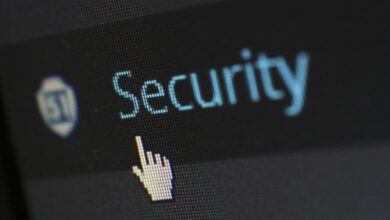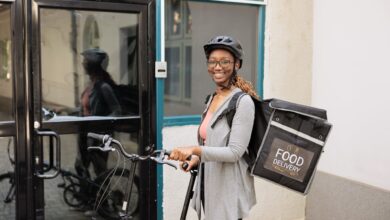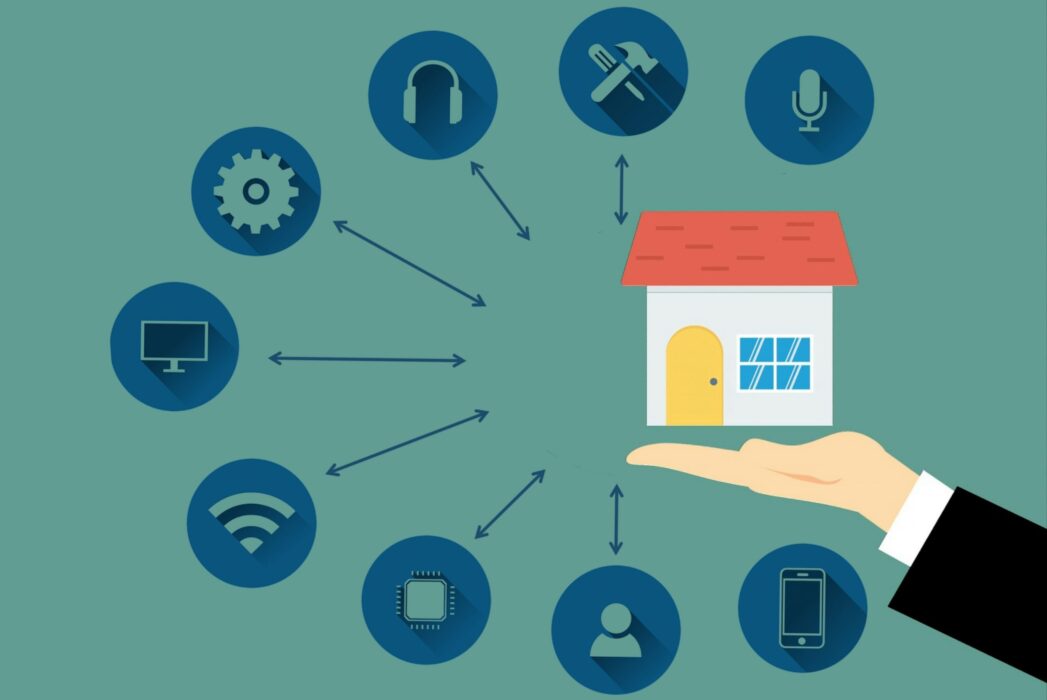
One of the core aspects of a good security system is having good surveillance. Surveillance is what shows you what’s going on in your home at any given time, and what will give you all the evidence you need in case something happens – two things that are crucial for home security.
The thing is, good surveillance cameras aren’t all that easy to pick from. You will find hundreds, if not thousands of options out there, and you’ll find it difficult to choose which is right for you. They come at varying prices, and they often have very different feature sets.
So, how do we help? Well, join us as we take a look at some key things to consider when you’re choosing a home security camera. Now, a disclaimer first. Any other guide will tell you about the resolution and field of view, so we won’t spend too much time there. Instead, we’ll focus on the additional features and why they’re crucial. Let’s go.
The Spec Sheet
The specifications sheet should tell you what kind of quality you should be expecting from your surveillance camera. First up, the resolution. It is straight-up a number of pixels, which directly indicates how much detail the camera can capture. Here, you want to go 1080p, and the bare minimum is 720p. The difference is visible, but sometimes there’s a massive price difference that makes the jump more expensive than you’d like it.
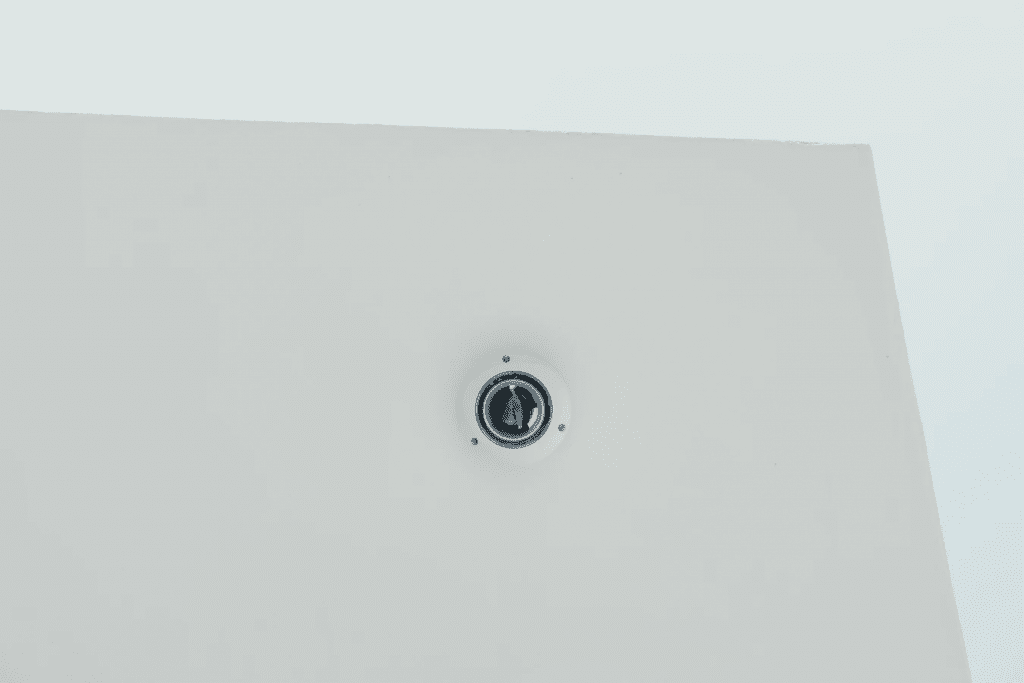
We should also mention the field of view here. A wider field of view shows you a larger part of the scene. Therefore, you can capture a large part of the scene with a single camera. However, a wider field of view will also have a noticeable drop in image quality as you get closer to the edges, which might be a problem.
Now that we’ve got the basics out of the way, let’s take a look at the other things that come with a good security camera, which are the things that set apart the decent ones from the really good ones.
Connectivity
First up, we have connectivity. There are two main ways to connect your camera, both to the power source and to your viewing solution. When it comes to the power source, you could get a battery-powered camera, but unless you get an expensive one, you’ll have to charge it pretty often, which is far from ideal. Therefore, for reliability’s sake, we would recommend going wired here.
Where we would definitely recommend going wireless is with video transmission. Nowadays, good cameras don’t require a centralized storage device such as a DVR. Instead, they save footage to the cloud, using your home’s internet connection. And while you could have a cable running here, why not go wireless and keep the installation a bit cleaner and more clutter-free?
Since these cameras are connected to the internet, this also means that you’ll be able to access them from wherever you are in the world. Whether it’s just to check up on what’s happening in your home or to download a video or photo, it’s a nice feature to have.
Motion Detection
This is another thing we would wholeheartedly recommend, but not a lot of cameras have it. What you get is a sensor that instantly recognizes when someone is moving in front of it. At what distance this happens varies with the quality of the sensor, and you might even get one that’s adjustable, even though that’s often pricey.
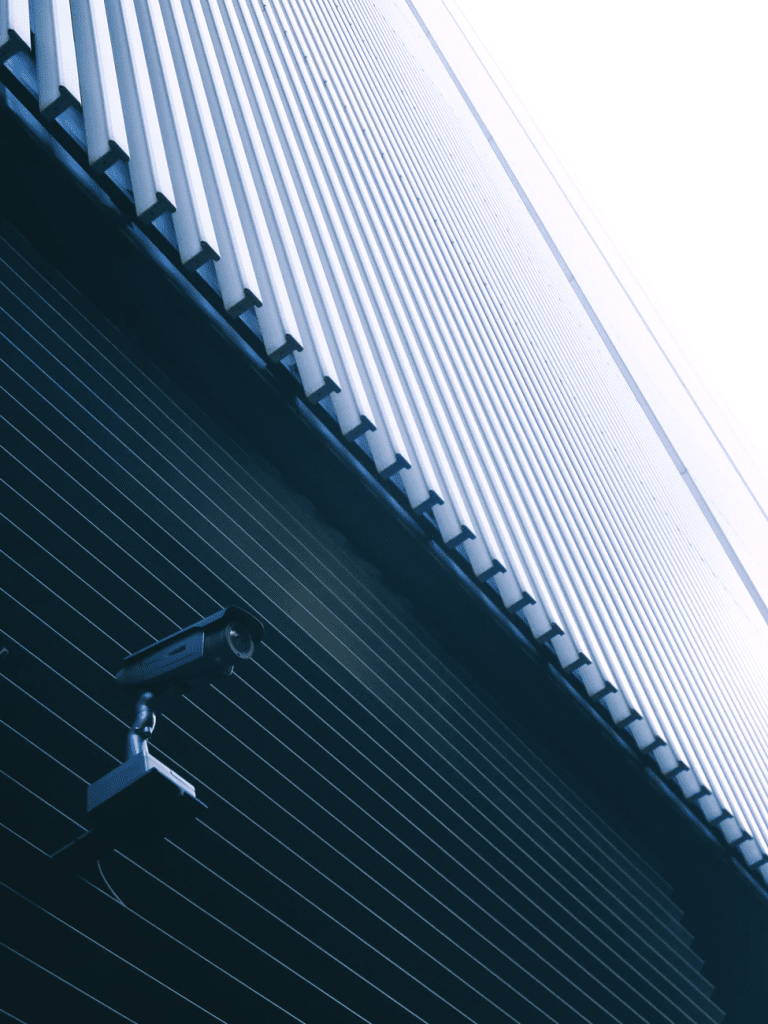
If a camera has one, that means that you don’t have to keep it recording continuously. That will not only fill up the storage but will also require that you scrub through hours of footage just to find those ten minutes you actually need. A motion sensor will tell the camera to start recording as soon as there’s movement, so you don’t miss out on anything important.
IR LEDs
Last but not least, while most camera sensors record good, high-quality video during the day, many of them struggle at night. The solution? Infrared LEDs. There are usually four to eight, surrounding the camera lens. Since they’re Infrared, they’re invisible to the human eye. However, for the camera’s sensor, they’re going to illuminate the entire scene and make it seem like it’s daylight.
If you’re going to be using your camera in a room that’s not going to be lit up the whole time, IR LEDs are crucial. They’re sometimes limited in terms of distance, but you’ll still get much better video at night than you would without them. And this can mean the difference between being able to see the face of the burglar and not having a way to identify them.




